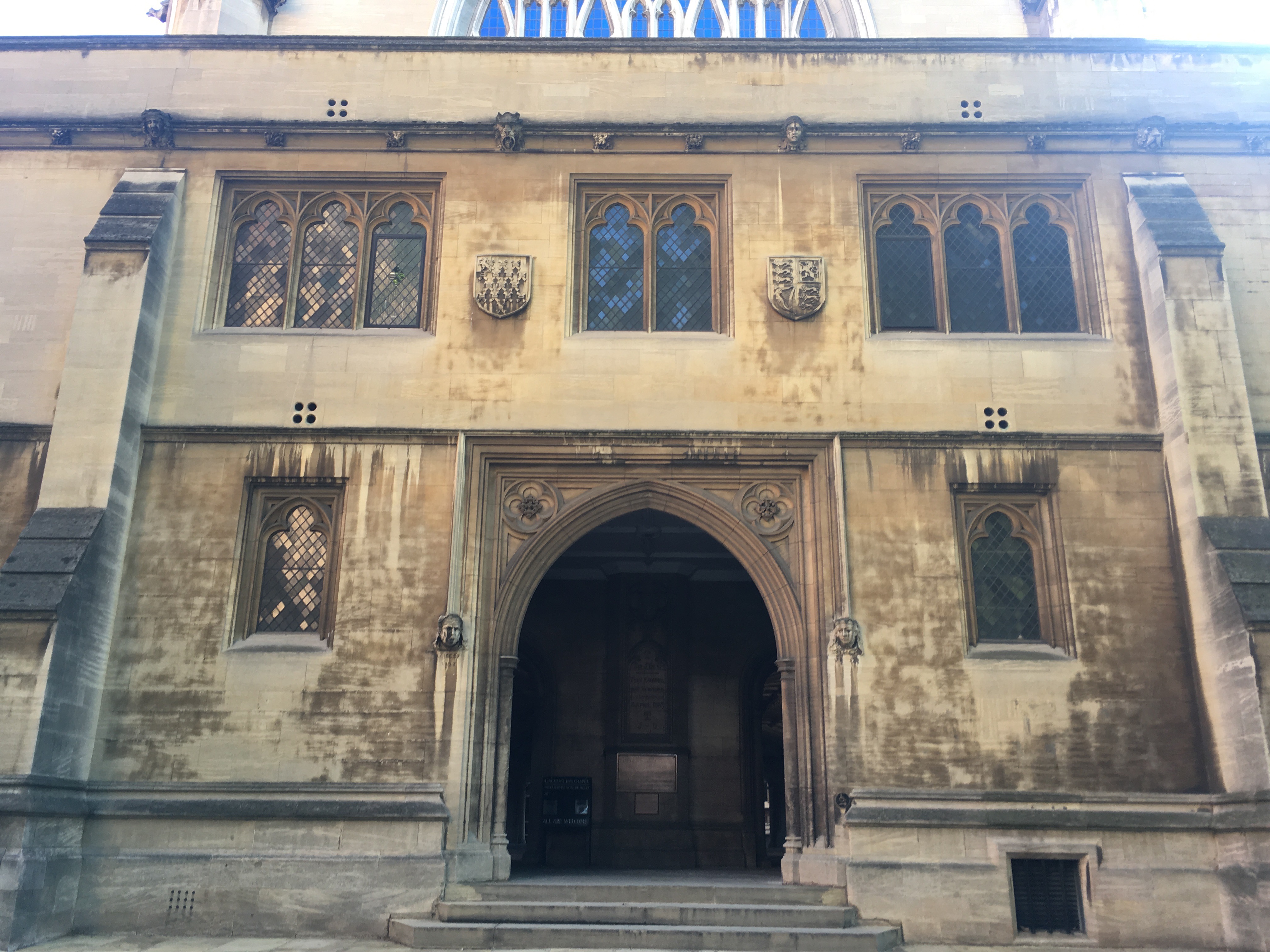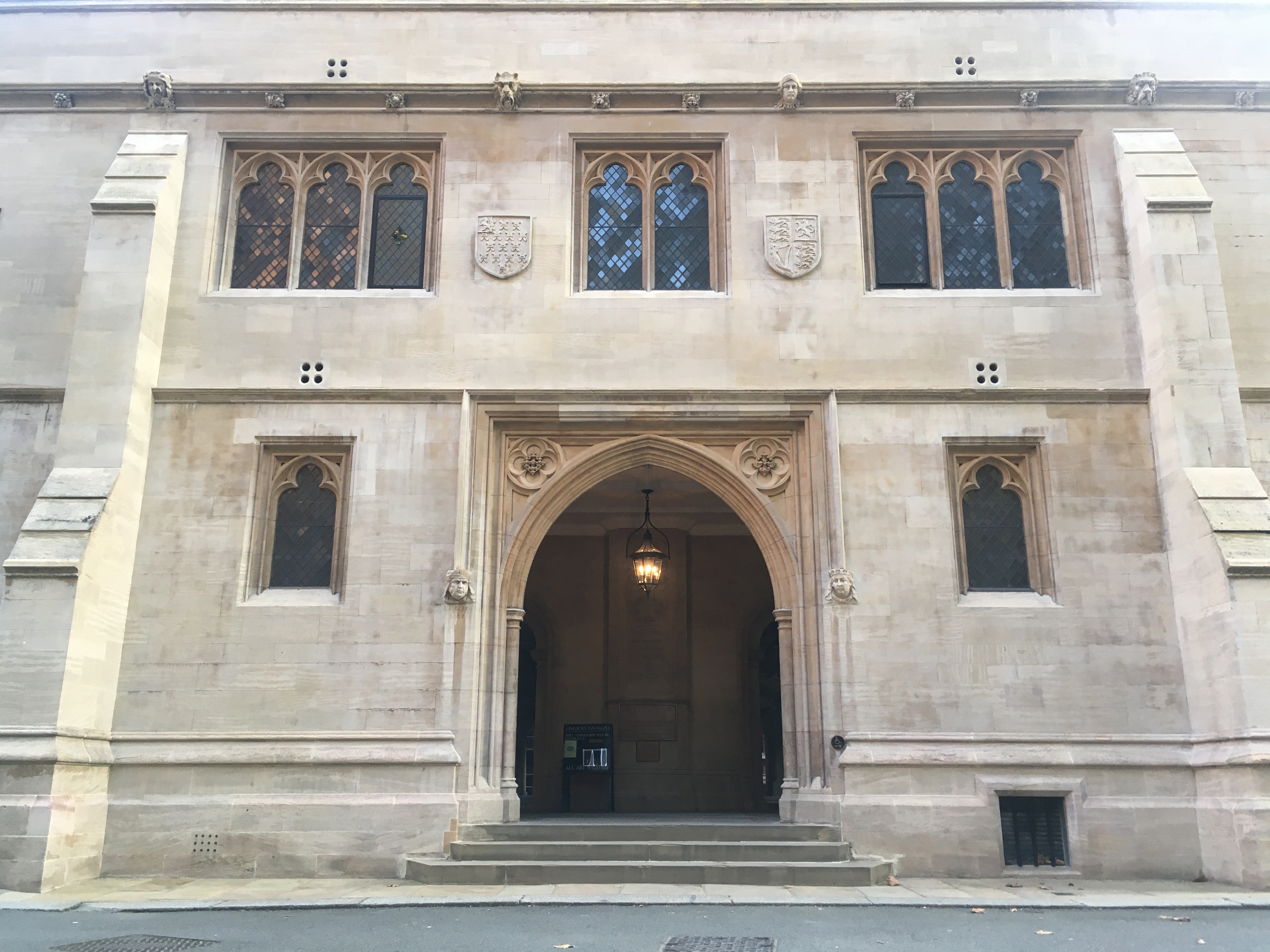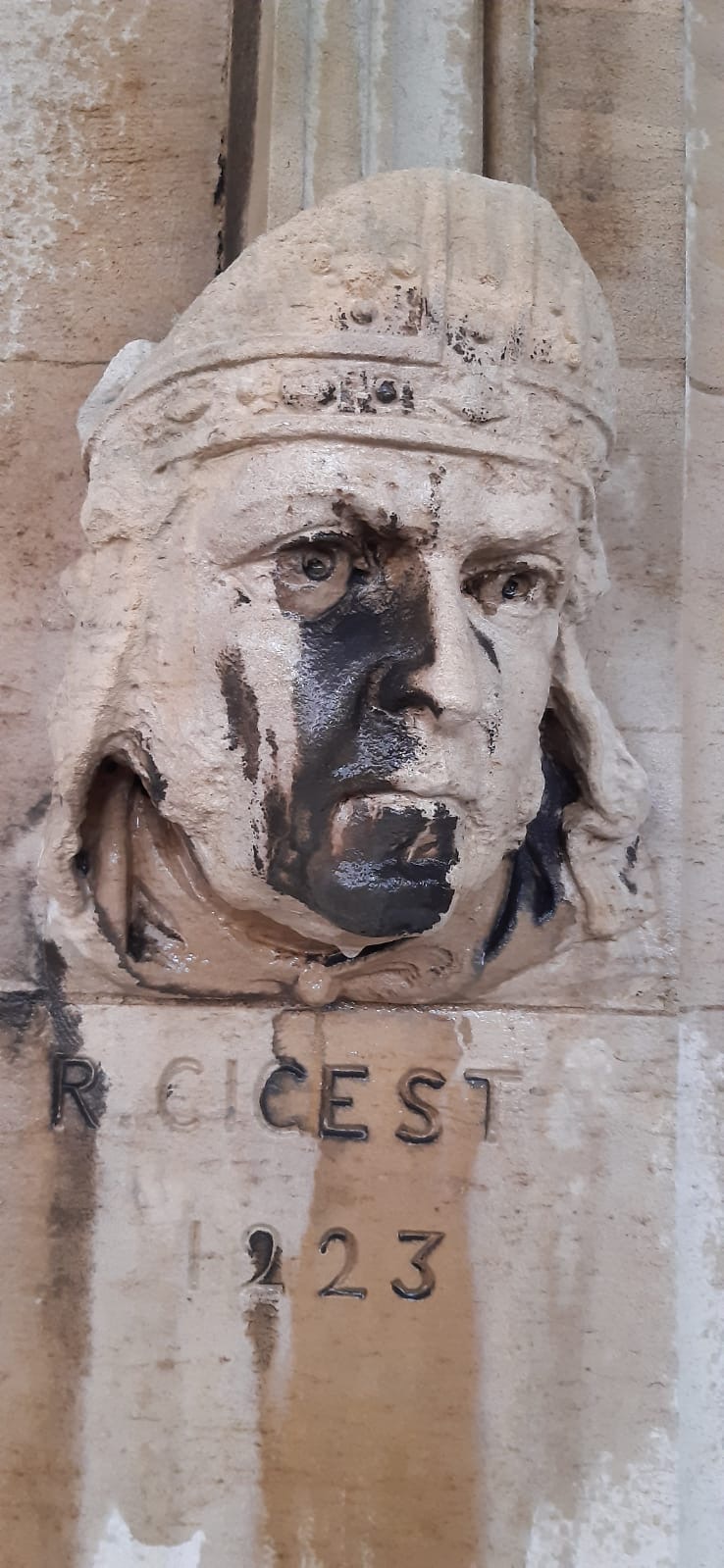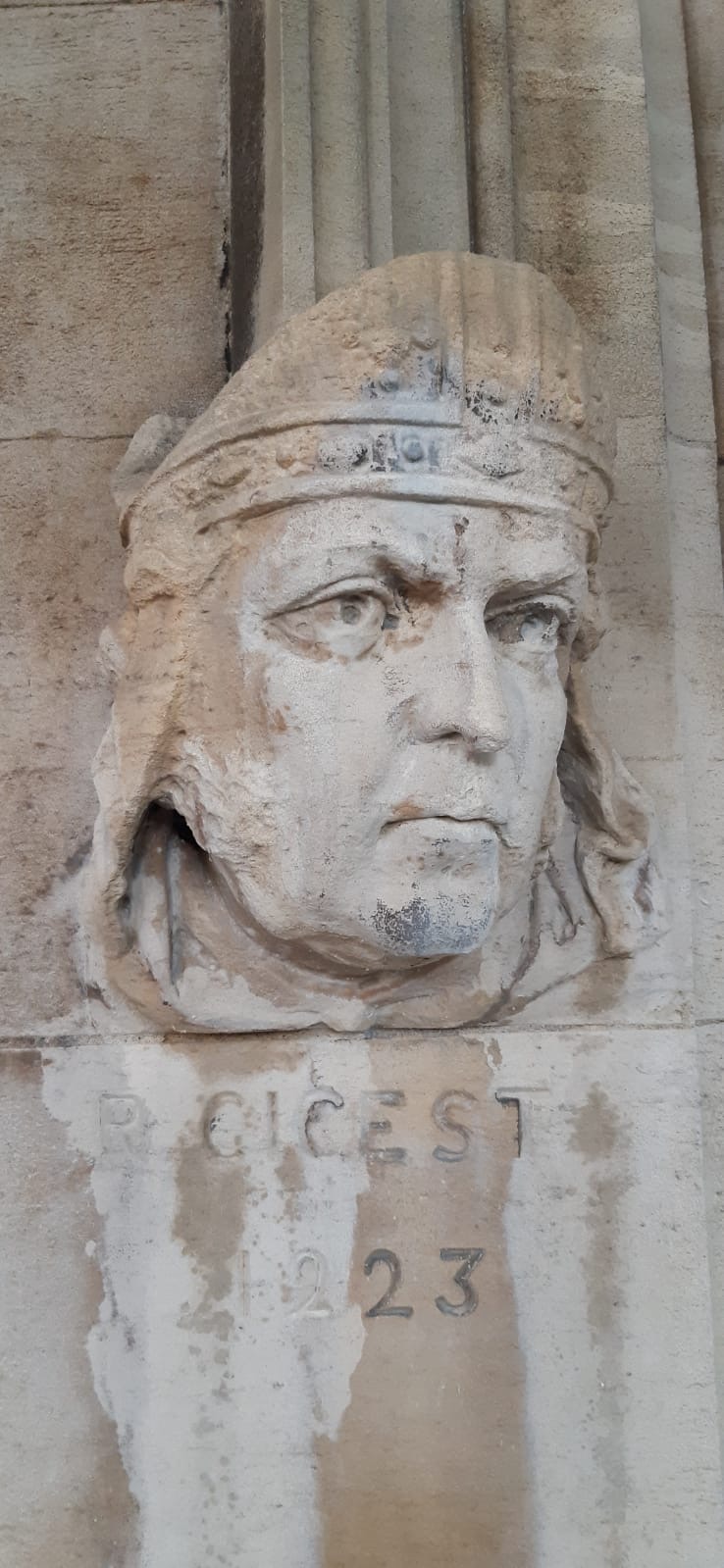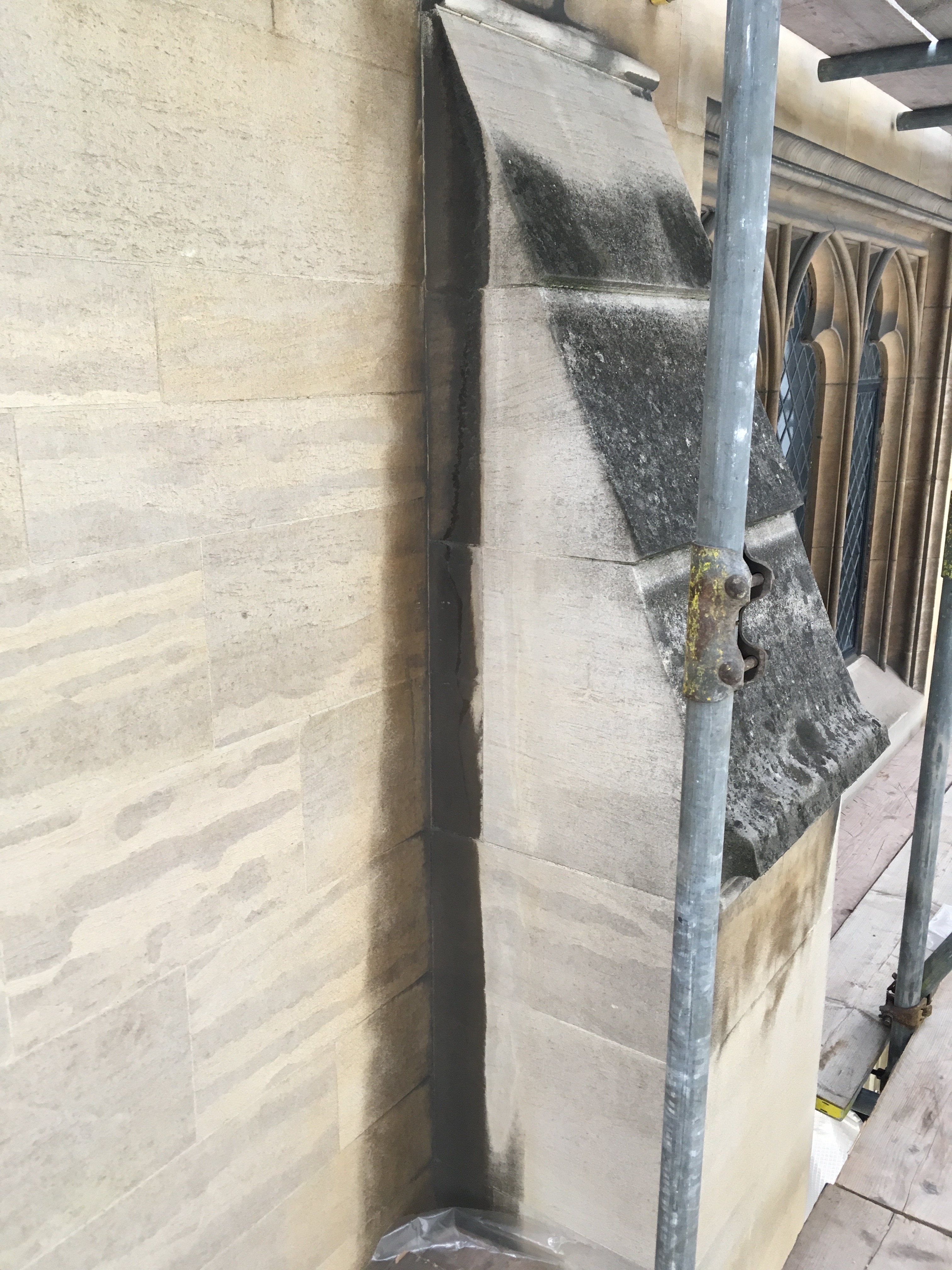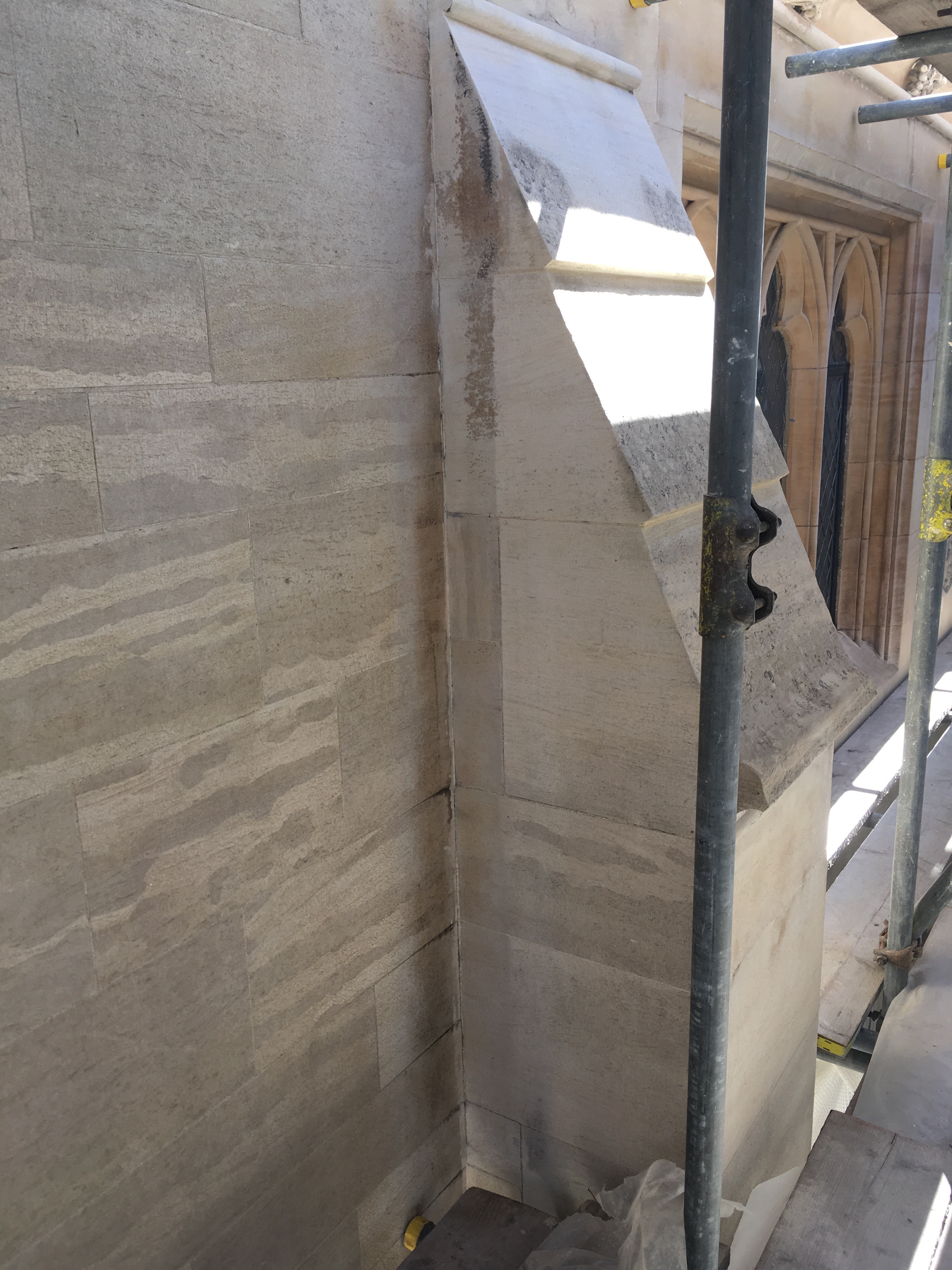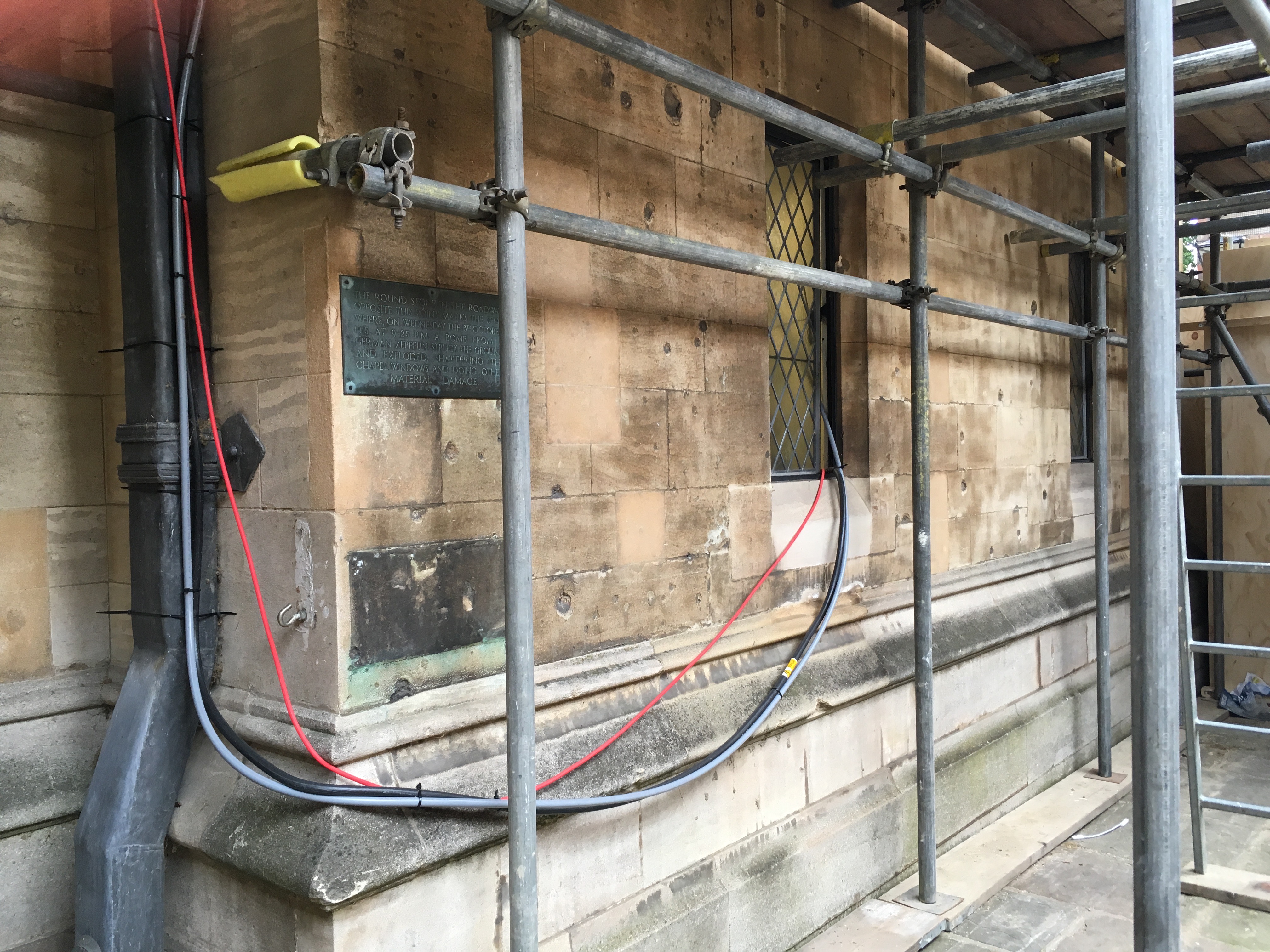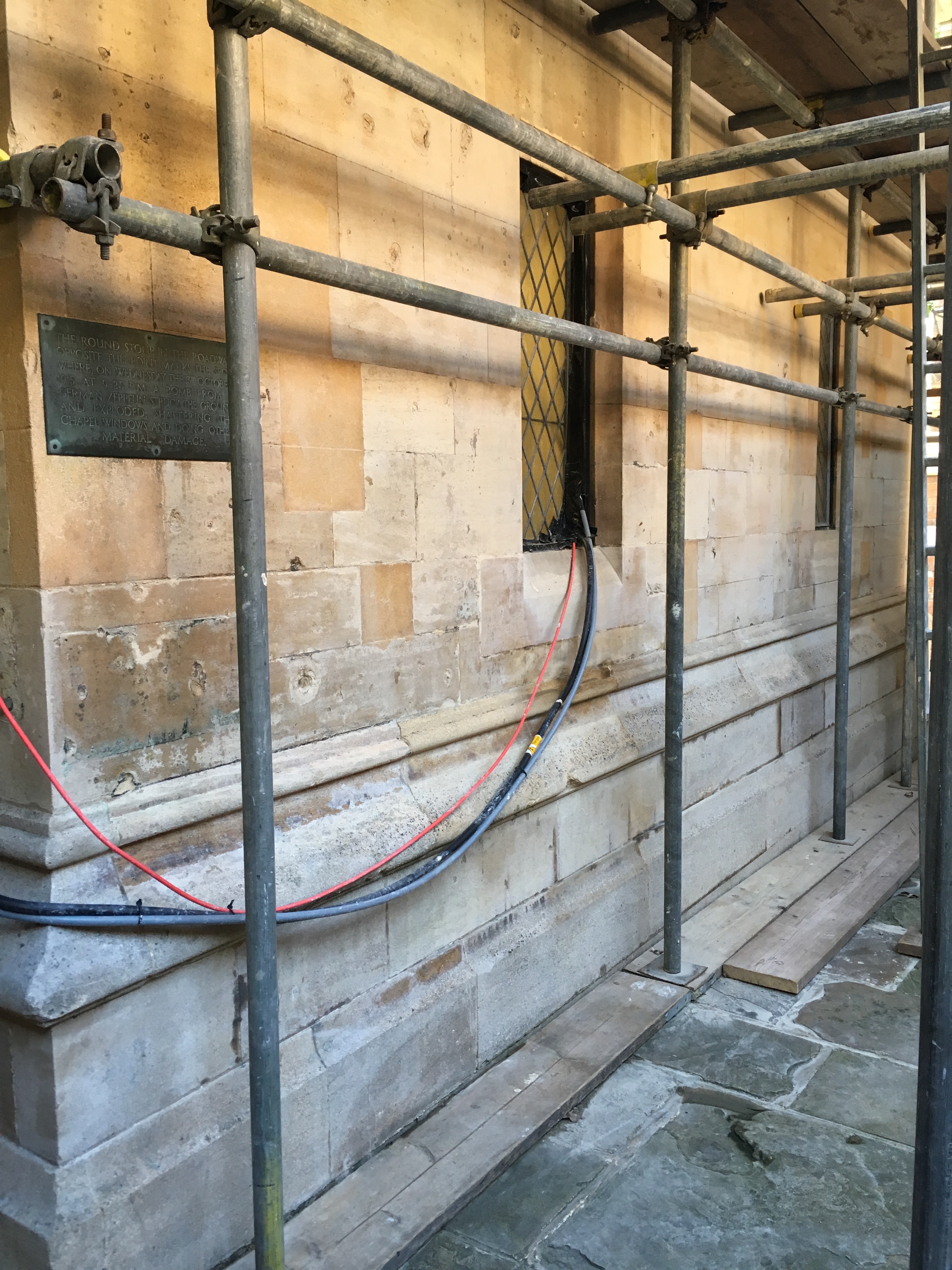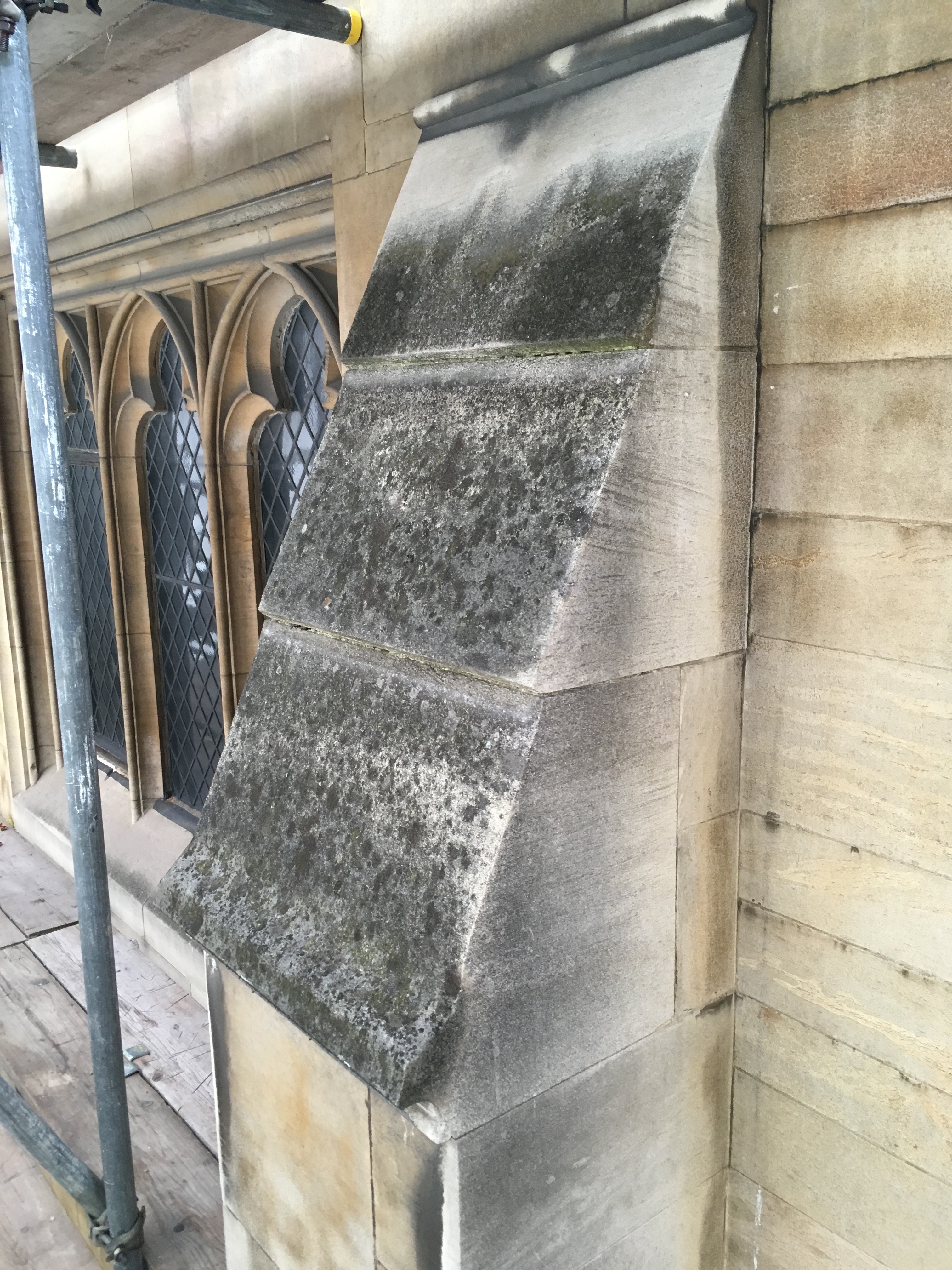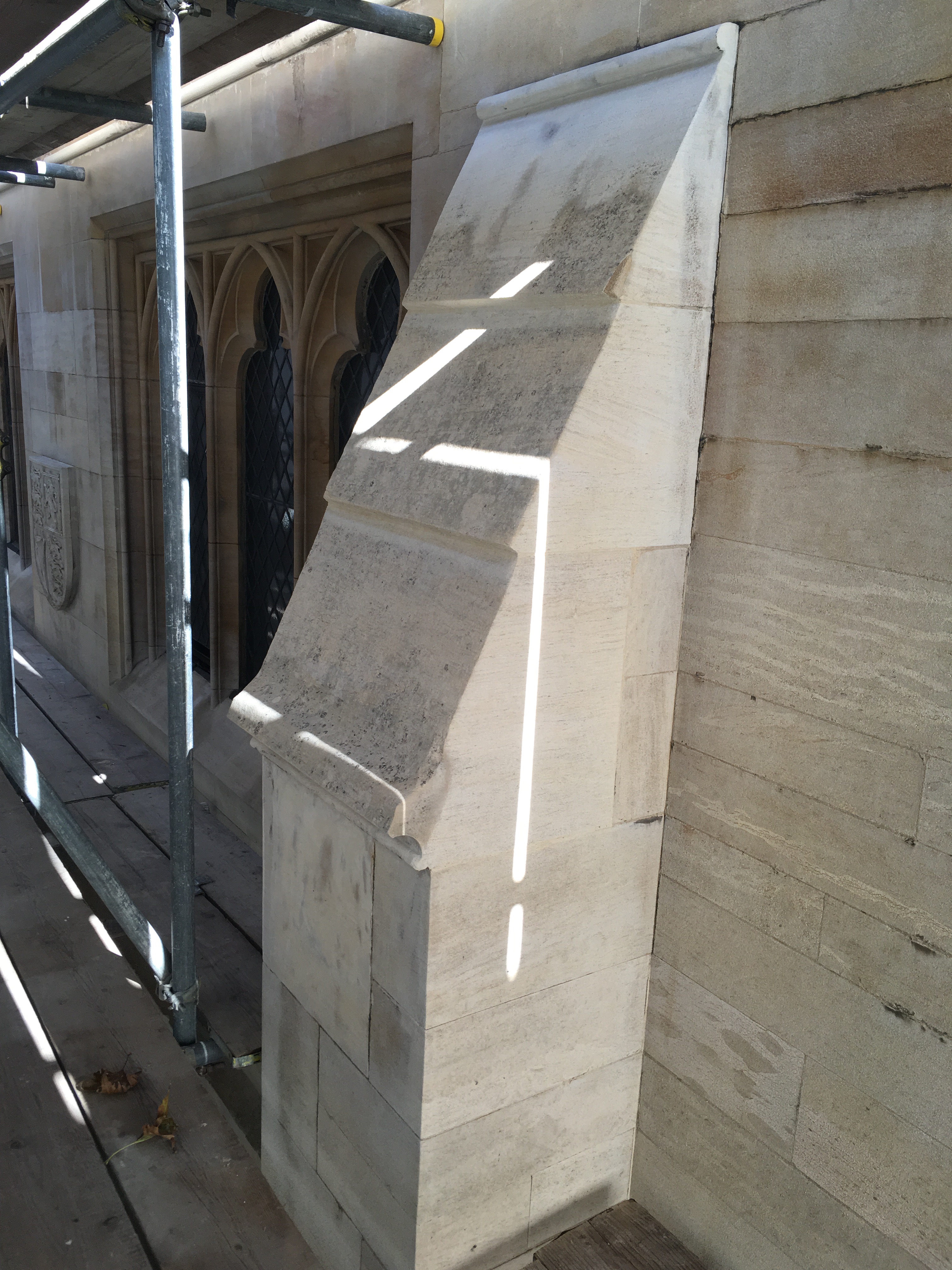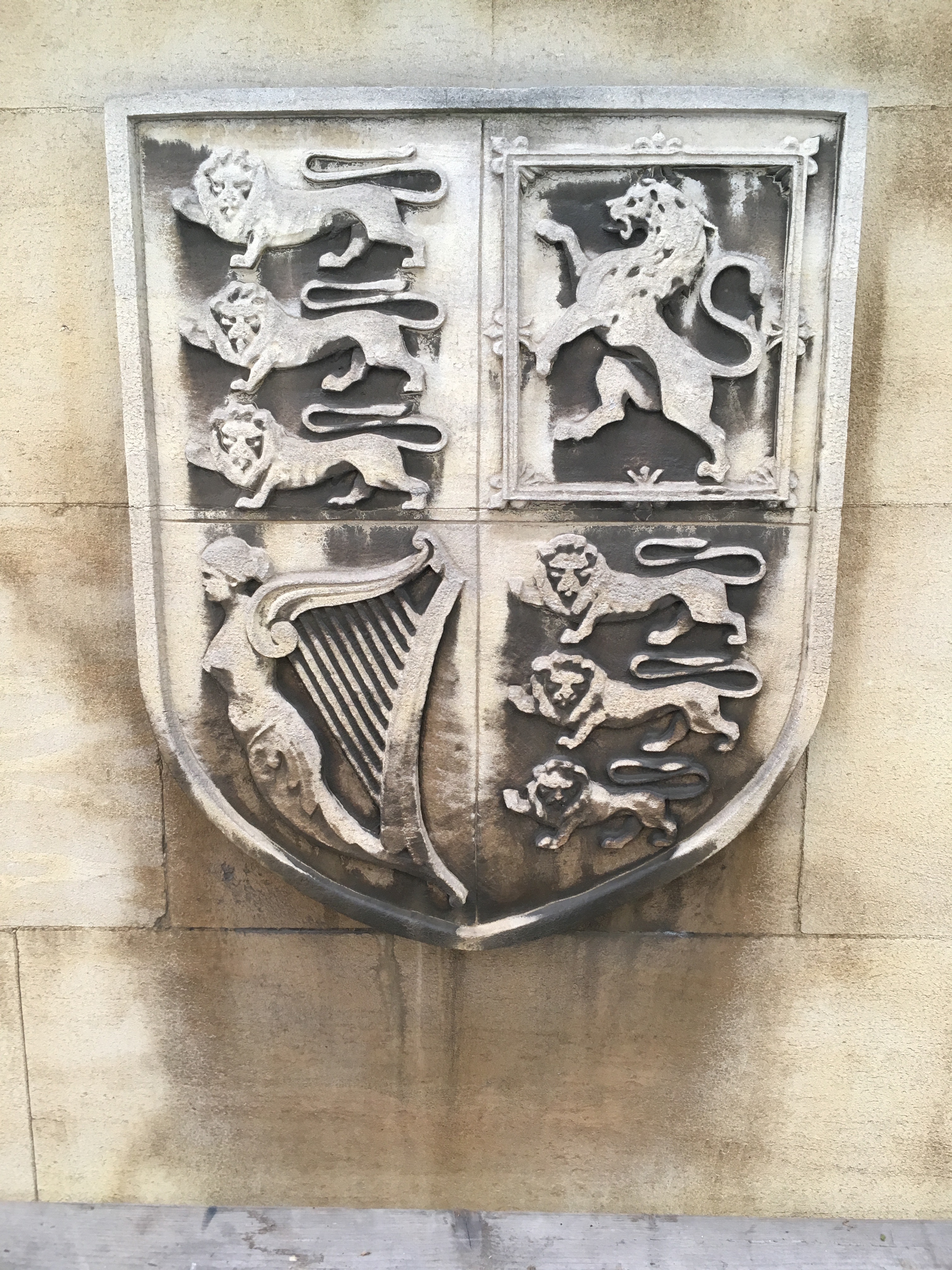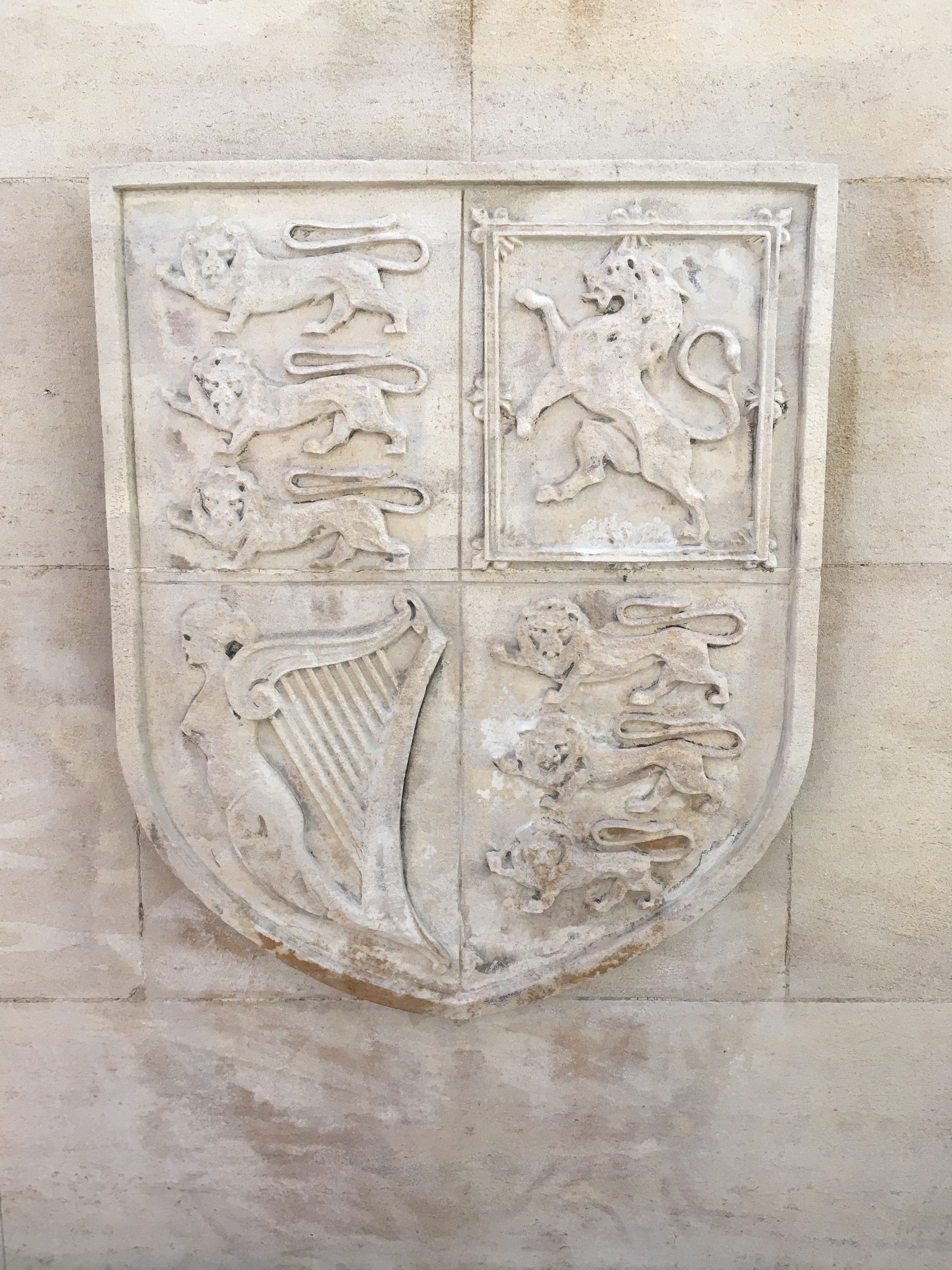Lincoln's Inn Chapel Vestibule - Sally Strachey Historic Conservation
The Problem
Cleaning, conservation and repair of the internal and external parts of the West Vestibule were needed following general deterioration and wear and tear on the building.
The location of the building in a busy part of London meant footfall was high and measures needed to be taken not to disrupt the public day-to-day while cleaning and carrying out restorative work. This also meant that precise planning of deliveries was needed to ensure the project stayed on time and that conflicts in the use of limited space were avoided.
The Solution
The Sally Strachey Historic Conservation team undertook a programme of repairs which including cleaning of the external masonry to the vestibule and cleaning of its internal stonework.
The ThermaTech super-heated water-based cleaning system, supplied by Restorative Techniques, was used for the external cleaning. This was carried out by trained conservators on the SSHC team.
The Outcome
Three passes of the system were used on the stone surface. This was undertaken very carefully, successfully removing sooty deposits (carbon sulphation), as can be viewed in the before and after photos. These deposits are the result of air pollution caused by the burning of fossil fuels.
In some areas where the Carbon Sulphation had accumulated from a thin film to a few mm of thickness, the Restorative Techniques standard ammonium carbonate poultice was applied. Ammonium carbonate poultice is used to convert the semi-soluble calcium sulphate to soluble ammonium sulphate. Pre-mixed, it was used in strengths of 2% & 10% dependent on the level of staining. This technique helped to lift the deposits on more difficult areas.
The cleaning and conservation from the team at SSHC was completed in a sensitive and considered way to protect the many different surfaces, with impressive results.
Our products have been used to restore a wide variety of buildings

